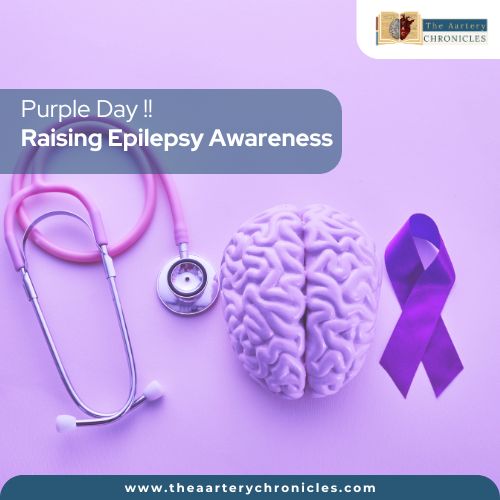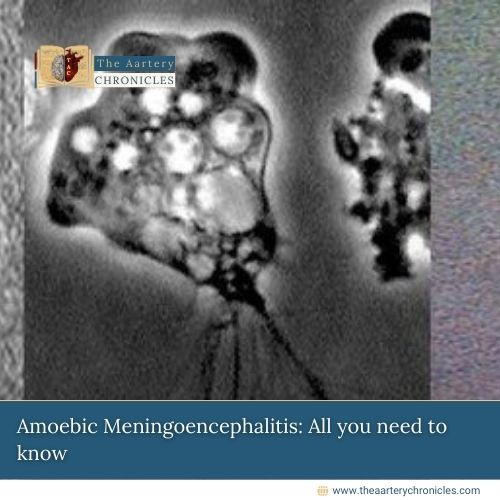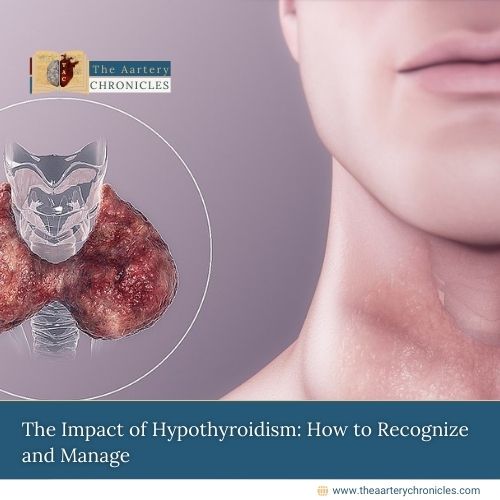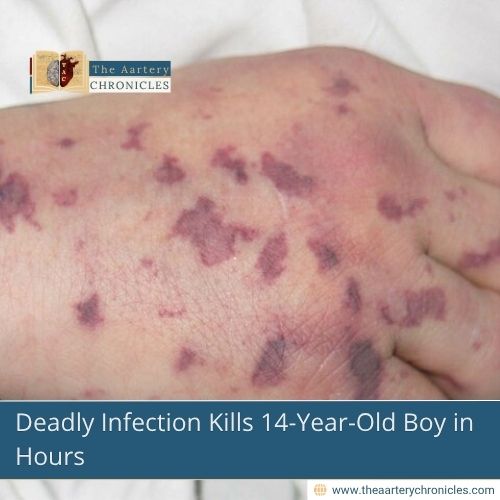
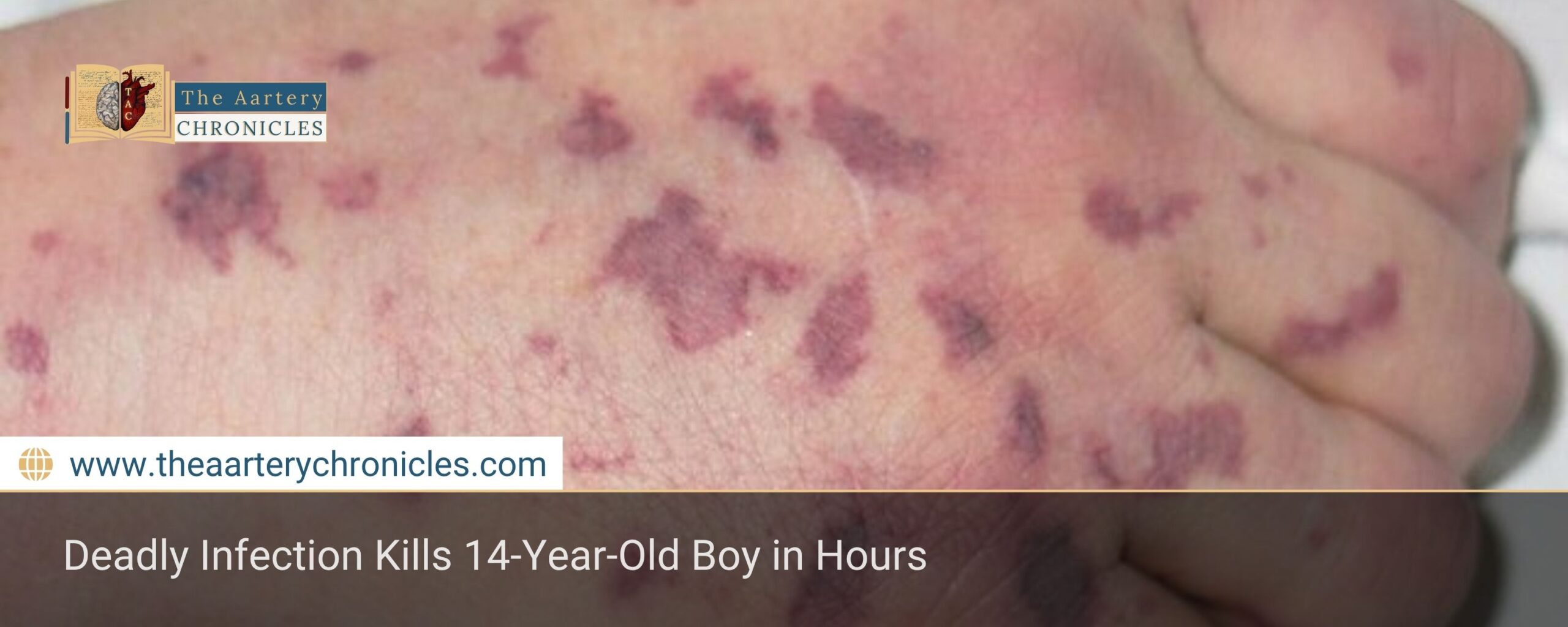
Deadly Infection Kills 14-Year-Old Boy in Hours
A heartbreaking case from South Carolina is shedding light on a fast-moving and deadly bacterial infection that parents and caregivers need to be aware of. A 14-year-old boy named William Hand, a recent graduate from Hughes Academy of Science and Technology, died just days after he started feeling unwell. His sudden illness turned out to be a rare and aggressive condition called meningococcal septicemia.
What Happened to William?
According to his father, Will Hand, William awoke in the early morning hours of June 8 feeling quite sick. His condition rapidly worsened, and despite all efforts, he passed away within days. His father described the experience as heartbreaking, sharing a tribute to his son on Facebook: “Everything snowballed and God called him home.”
Doctors later confirmed that William had developed meningococcal septicemia, also known as meningococcemia, a rare infection that moves so fast, it can become life-threatening in just a matter of hours.
What Is Meningococcal Septicemia?
Meningococcal septicemia is a serious blood infection caused by the bacteria Neisseria meningitidis. While this bacterium is more commonly known for causing meningitis (infection of the brain and spinal cord lining), in septicemia, it bypasses the brain and directly enters the bloodstream.
Once in the blood, the bacteria multiply rapidly and release toxins that damage blood vessels, reduce blood flow, and may lead to organ failure. This is what makes the condition so dangerous it spreads quickly and often becomes critical before people realize how serious it is.
How Does the Infection Spread?
The bacteria spread through close or prolonged contact. Common ways include:
- Kissing
- Sharing drinks, water bottles, or straws
- Using the same utensils or lip balm
- Being in close quarters, such as dorm rooms, military barracks, or crowded households
It spreads through saliva or respiratory droplets, much like a cold or flu virus. However, not everyone who carries the bacteria gets sick—some people can be silent carriers, meaning they have the bacteria in their throat or nose without showing symptoms.
What Are the Early Symptoms?
One of the biggest challenges with meningococcal septicemia is that early symptoms look like the flu or a bad cold. These may include:
- Sudden high fever
- Chills or body aches
- Nausea or vomiting
- Cold hands and feet
- Rapid heart rate
- Extreme tiredness or irritability (especially in children and teens)
- Pale or mottled skin
A red or purple rash that doesn’t fade when pressed is a warning sign. This rash is caused by bleeding under the skin from damaged blood vessels. It may begin as small spots and spread rapidly.
Why Is It So Dangerous?
What makes this illness so terrifying is its speed. In many cases, a person can go from feeling mildly unwell to being in critical condition within hours. Once the bacteria start damaging the body, it can lead to:
- Internal bleeding
- Organ shutdown
- Tissue death (sometimes requiring amputation)
That’s why acting fast is essential. If a child or teen appears severely ill and their symptoms are getting worse quickly, they need immediate medical attention. It’s always better to go to the hospital early, rather than wait and see.
Can It Be Treated?
Yes, but timing is everything. Meningococcal septicemia can be treated with:
- IV antibiotics to fight the bacteria
- Fluids and oxygen to support the body
- Medications to maintain blood pressure
- Intensive care or surgery in severe cases
Even with prompt treatment, survivors may face long-term complications such as hearing loss, kidney damage, or limb amputations due to tissue damage.
Prevention: What You Can Do
The good news is, although rare, this infection is preventable in many cases. Here’s how:
- Vaccination: There are vaccines available that protect against several types of Neisseria meningitidis. These are especially important for teenagers, college students, and those in group living settings.
- Good hygiene: Avoid sharing personal items like utensils, lip balm, or drinks.
- Be alert: Know the warning signs and act quickly if symptoms appear.
Conclusion
William’s tragic story is a sobering reminder of how fast and dangerous certain infections can be. While meningococcal septicemia is rare, it can be deadly if not caught early. Knowing the symptoms, staying up to date on vaccines, and seeking immediate care when something feels wrong could save lives.
Source: Inputs from various media Sources

Priya Bairagi
Reviewed by Dr Aarti Nehra (MBBS, MMST)
I’m a pharmacist with a strong background in health sciences. I hold a BSc from Delhi University and a pharmacy degree from PDM University. I write articles and daily health news while interviewing doctors to bring you the latest insights. In my free time, you’ll find me at the gym or lost in a sci-fi novel.



